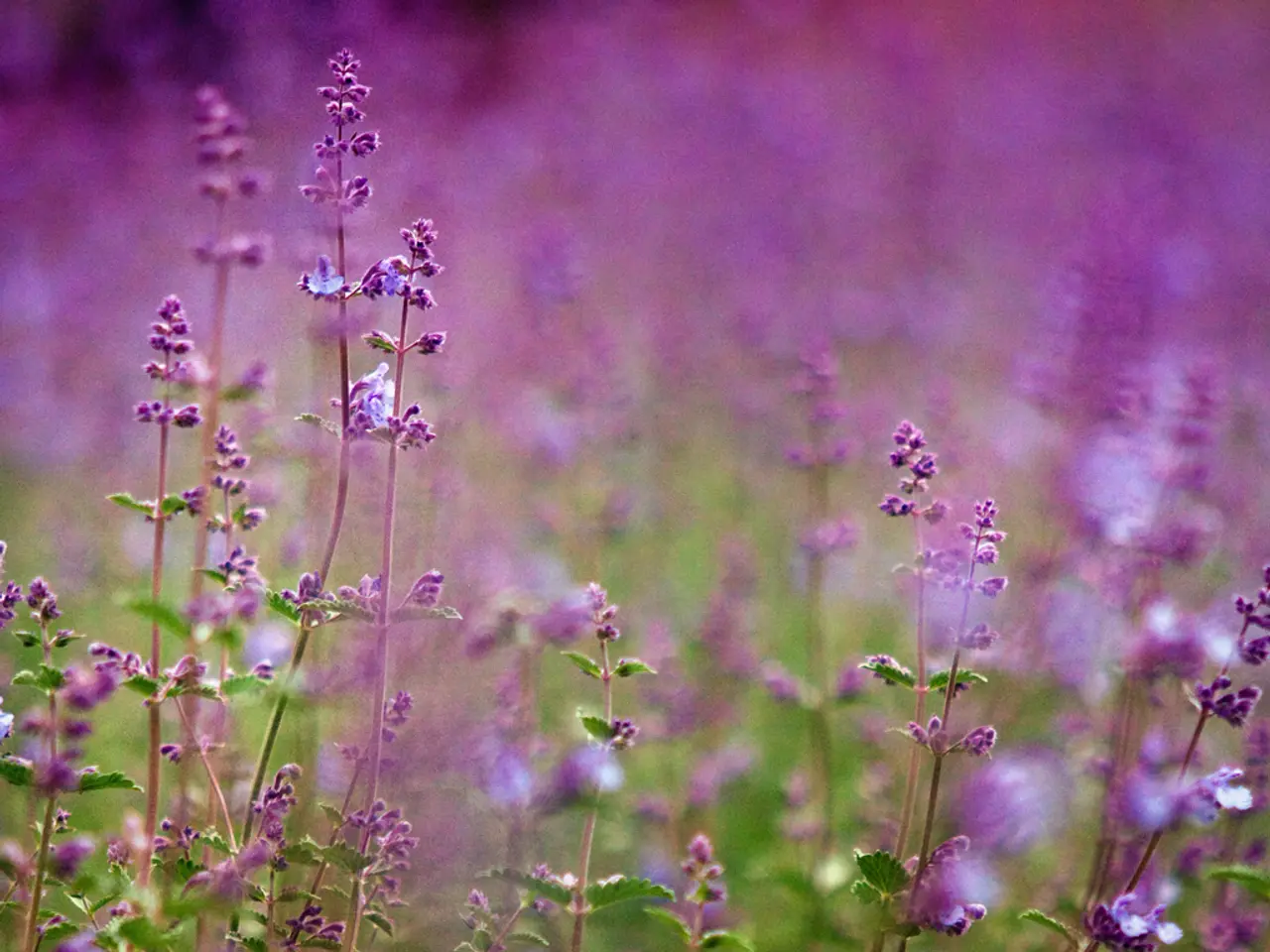Revitalizing Wilted Lavender: A Step-by-Step Guide
Lavender, with its fragrant blooms and versatile uses, is a popular addition to many gardens. However, a dying lavender plant can be a source of frustration for gardeners. This article provides a guide on how to revive and care for a dying lavender plant.
Common Causes of a Dying Lavender Plant
A dying lavender plant may be due to overwatering, lack of sunlight, poor soil quality or drainage, or pests. Lavender dislikes soggy roots and needs sandy, well-draining soil. Insufficient watering can also cause decline, but overwatering is the more frequent problem leading to root rot and dieback.
Reviving a Lavender Plant
To revive and care for a lavender plant properly, ensure at least 6 hours of direct sunlight daily, preferably by placing it near a south-facing window if indoors. Use well-draining, sandy soil by mixing sand or grit into regular potting mix to prevent water retention. Water sparingly and only when the topsoil is dry; avoid waterlogging the roots as lavender hates soggy conditions.
If the plant is already dying from overwatering or root rot, it may help to prune back dead or dying stems and repot the plant with fresh soil, removing any rotten roots. Check for pests and treat them if necessary, although pests are less commonly a primary cause compared to watering and light issues.
Maintaining Lavender Health
Maintaining these conditions encourages new green growth and overall plant health. Monitor moisture and light levels carefully when caring for revived lavender to prevent stress as it regains its strength. Lavender plants may appear to be dying when they are actually dormant, characterized by no sign of green and brown, hollow branches.
Special Care for Potted Lavender
Growing lavender in pots requires special care, as it can die from over or underwatering, soil inconsistency, too much sunlight, or lack of fertilization. To revive a lavender plant with root rot, prune out infected roots and replant it in well-draining soil, such as an indoor potting mix.
Common Lavender Diseases
Lavender, a Mediterranean native plant, is commonly grown in gardens but can experience issues. Two common diseases affecting lavender are Septoria leaf spot, fostered by humid, wet conditions and causing round spots on leaves, and Lavender shab, resulting in twisted, brown stems with tiny black dots.
Pests Affecting Lavender
Spittlebugs and froghoppers are insects that can cause a lavender plant to die by sucking the sap from plants. To prevent and treat these pests, consider using organic pesticides or introducing beneficial insects to your garden.
Testing and Amending Soil
To ensure the soil pH is suitable for lavender, test the soil and amend with limestone if necessary to maintain a pH of 6 to 8. Use a soaker hose to water lavender at the base of the plant to keep the foliage dry and minimize fungal disease.
By following these guidelines, you can help your lavender thrive and enjoy its beautiful blooms for years to come.
A dieing lavender plant may require attention to home-and-garden factors such as overwatering, poor soil drainage, or lack of sunlight. To revive a lavender plant, it's important to provide it with at least 6 hours of direct sunlight daily, use well-draining, sandy soil, and water sparingly to prevent waterlogging, especially when caring for it in a pot.





